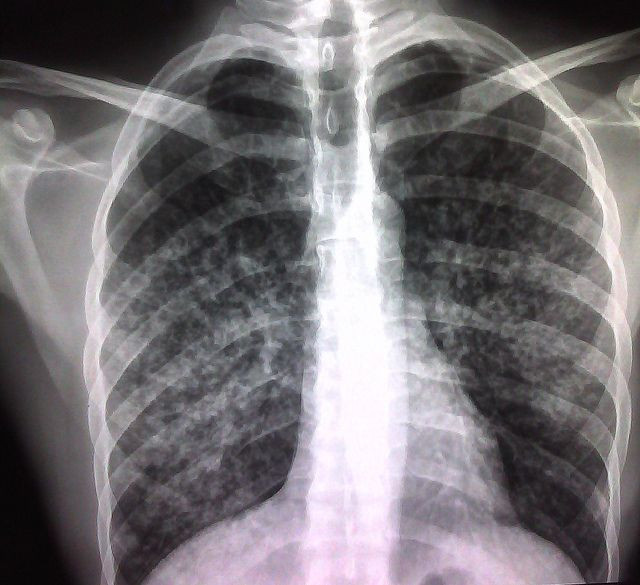Medical Misdiagnosis of Tuberculosis Leading to Deaths: Study

Over one million people worldwide are misdiagnosed with tuberculosis when in reality they have an incurable disease with a similar outlook to many cancers, a new report published Thursday in the Bulletin of the World Health Organization says.
The disease called "chronic pulmonary aspergillosis" (CPA) is a fungal infection that some tuberculosis patients develop. However, because the x-ray features and symptoms are so similar to tuberculosis, doctors often fail to recognize it, resulting in many unnecessary fatalities, the report says.
"Doctors often misdiagnose [CPA] and prescribe the wrong treatment which can lead to tens of thousands of unnecessary deaths," the researchers from University of Manchester and University of Toronto say in the report.
Fifty percent of all patients who develop it are unlikely to survive for more than five years, a similar outlook to many cancers.
CPA evades the immune system in the lungs and may lie undetected for years until symptoms such as weight loss, tiredness, coughing and bleeding develop. Yet, by the time these symptoms emerge it is often too late to treat the disease successfully, according to the report.
Researchers are most concerned about Africa, India and China where misdiagnosis of CPA is even more common that in Western countries because of the burden of tuberculosis.
They are calling on the World Health Organization and others to provide awareness training for doctors.
"TB is a major scourge worldwide, and to find that over a third of a million people each year then develop an incurable and ultimately fatal fungal complication—which could be diagnosed and treated—demands action," Professor Ian Jacobs, Director of MAHSC—a partnership between the NHS in Manchester and the University of Manchester said in the report.



























